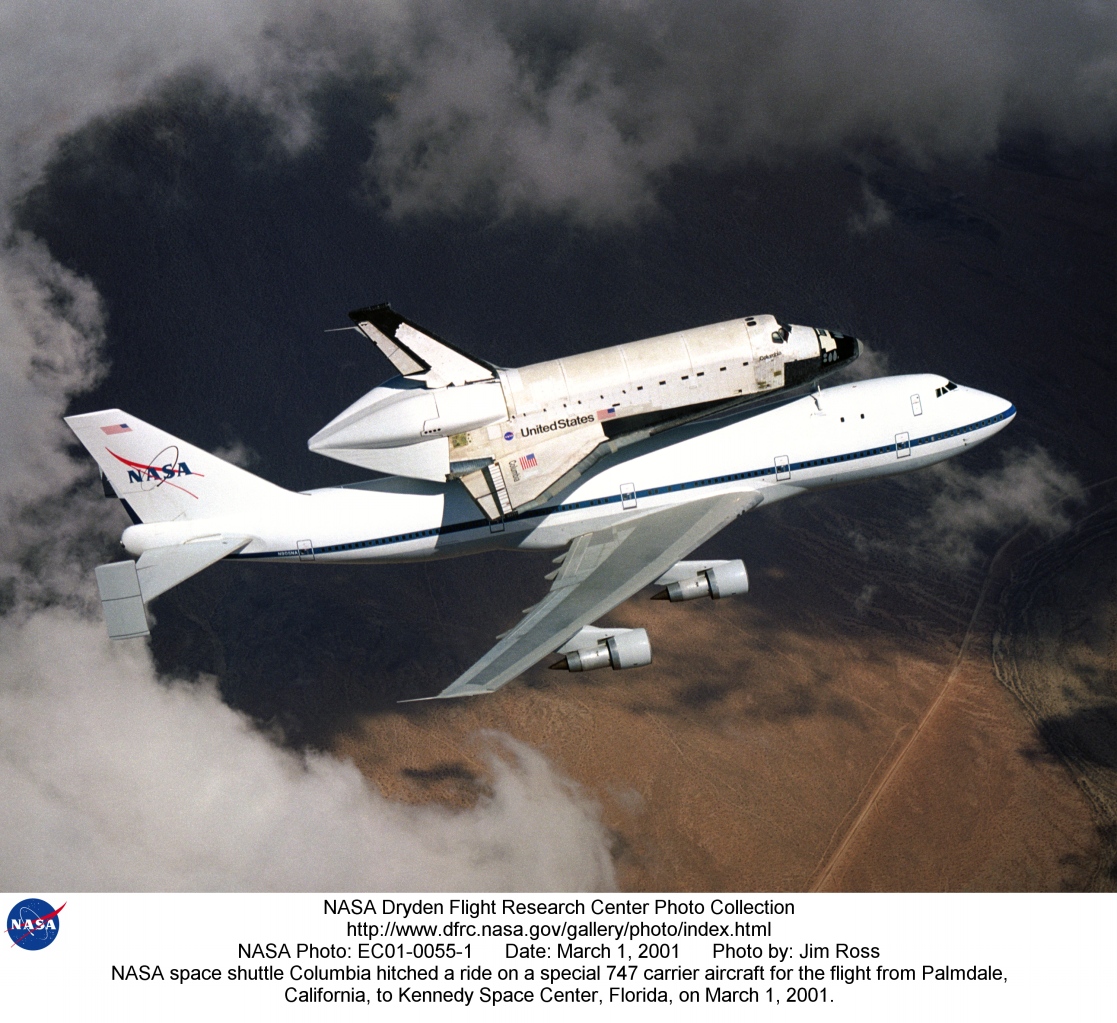Let me admit right up front that I don’t know all there is to know about fractional reserve banking. My degrees are in engineering and management, which seem to be less arcane fields than finance and banking.
Here’s what I understand, and my four regular readers or any curious visitors are welcome to correct me: fractional reserve banking allows a bank to hold a certain amount of money on deposit and lend a higher amount — i.e., lend more than they actually have on hand — charging more interest for the loan than they pay on the deposit, on the theory that the depositors will not claim their money all at once (make a “run on the bank”). As long as the depositors play along, they are safe in having the assets on their balance sheet consist mostly of accounts receivable.
Got it? You put a hundred dollars on deposit at the bank, to keep your money “safe” and receive your miniscule interest payment. If the bank is operating on a 10% reserve, they loan out ninety dollars, charging a higher rate of interest and noting the loan as an account receivable: an asset. The bank has $10 on hand, not $100, but your $100 is listed as a deposit and that $90 loan is an account receivable.
That ninety dollars is spent on something and the money is deposited in another bank or even your original bank. Then, on the basis of that ninety dollar deposit, the bank can loan out eighty-one dollars, which they again note as an asset while keeping only 10% in reserve. As banks repeat this process, they “create” money (and wealth); by the time they’re done, your $100 deposit has become close to $1000 in loans. But the banks hold only a fraction of their money on deposit; hence, they operate on a fractional reserve. (You can read more on this Wikipedia page.)
As I see it, part of the economic crisis we’re in — with the subprime mortgages and derivatives and all the other arcane manipulations of money, which (if I recall correctly) James Fallows referred to a long time ago in the Atlantic Monthly as “paper entrepreneurialism” — was started by banks and other lending institutions accepting far more “receivable” assets while holding far fewer assets in reserve. That is, they took excessive risk by exceeding a reasonable ratio of loans to deposits.
(If that doesn’t make any sense, take a look at this fairly long cartoon video that presents an intriguing look at the fractional reserve system and how it contributes to our mounting debt: “Money as Debt.”)
What does this have to do with taxes?
It seems there should be some way to penalize banks and other lending institutions that take excessive risk, and to do so in proportion to the risk they rake. If the “safe” ratio of loans to deposits is 9:1 — arguments could be made that some other ratio is better — then it seems the further they get from that ratio the more they should pay. Originally, I envisioned this penalty as coming in the form of an “excessive risk tax:” the idea being that an institution operating imprudently such that it may fail (leaving its depositors to collect deposit insurance), or that it may come to the government to be “bailed out” of a situation they could have prevented, should pay more into the government to cover that cost.
Unfortunately, that’s not a good idea: it would place a greater financial burden on an institution that is already operating on shaky ground. And I oppose enacting a regulation or law that would mandate any certain fractional reserve limit — risk taking is not the evil that some people, particularly those who want to protect everyone from everything, seem to think it is.
So what I propose is this: as part of a lending institution’s annual tax preparation, they should state how far they are from the “safe” fractional reserve level — and should do so in the clearest possible way, by providing a simple run chart covering at least the most recent ten years, showing the ideal and their distance from it. Those who show a consistent disregard for prudence would thereby be flagged for extra scrutiny of their books. In addition, the institutions should, as part of their adherence to the Federal Truth in Lending statutes and F.D.I.C. requirements, post that chart for all to see so that every consumer can decide if they want to choose a lender — or a bank — based on their stability as well as whatever interest rate they offer.
If the banks had to disclose how much risk they were taking as well as what return they offered, consumers would be able to choose where to put their money. That’s a reform with real benefit to regular people.



 by
by 









